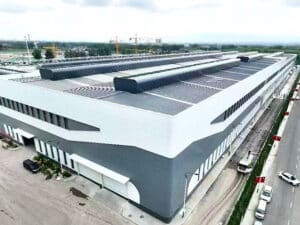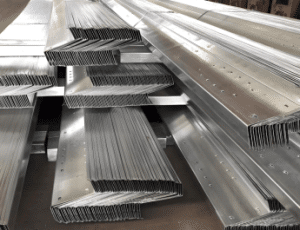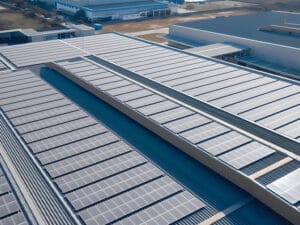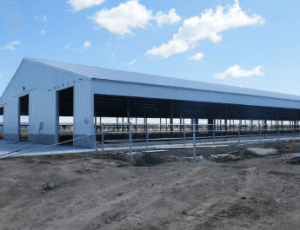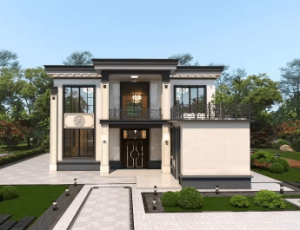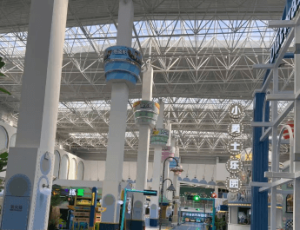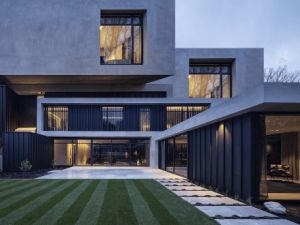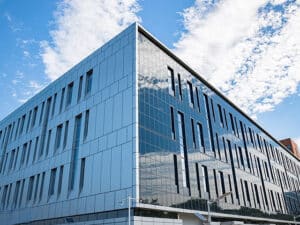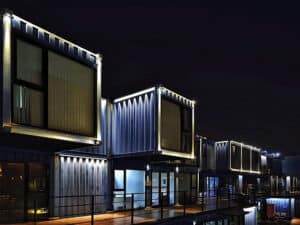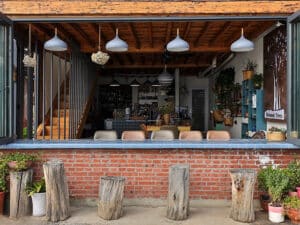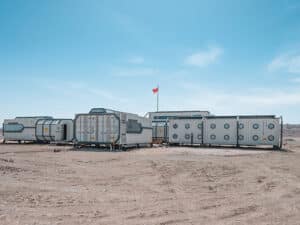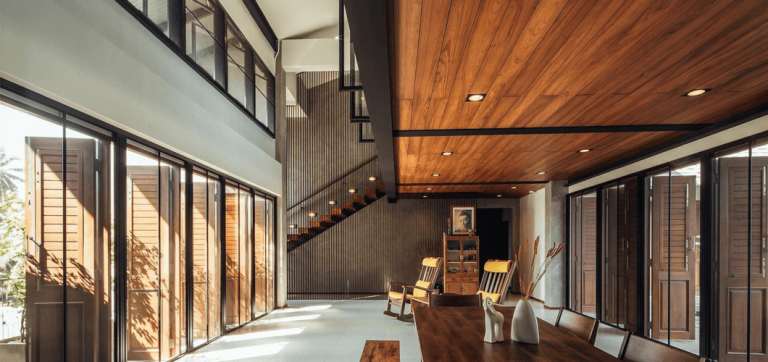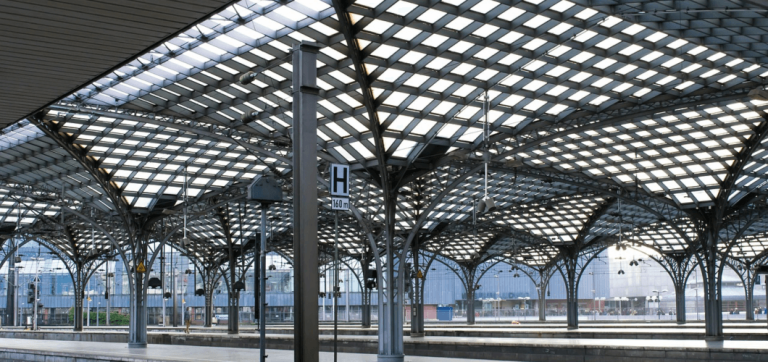Introduce
High material strength and light weight: Steel has high strength and large elastic modulus. Compared with concrete and wood, its density to yield strength ratio is relatively low. Therefore, under the same stress conditions, the steel structure has a small cross-section and light weight, which is easy to transport and install. It is particularly suitable for structures with large spans, high heights, and heavy loads.
Good toughness and plasticity: Steel has good toughness and plasticity, can withstand large impacts and dynamic loads, and has good seismic resistance. The internal structure of steel is uniform and close to isotropic homogeneous bodies. The actual working performance is more consistent with the calculation theory, so the structural reliability is high.
High degree of mechanization in manufacturing and installation: Steel structure components are easy to manufacture in factories, fast on-site assembly speed, high production efficiency, and short construction period. The finished products of steel structure components manufactured by mechanization in factories are high in precision and fast on-site assembly speed, which is suitable for industrialized production.
Good sealing performance: The welded structure can be completely sealed, which is suitable for high-pressure containers, large oil pools, pressure pipes, etc. that require air tightness and water tightness.
Heat-resistant but not fire-resistant: The properties of steel change little at temperatures below 150°C, which is suitable for hot workshops. However, when the temperature exceeds 150°C, insulation boards must be used for protection. When the temperature reaches 300°C-400°C, the strength and elastic modulus of steel decrease significantly, and the strength tends to zero at 600°C. Therefore, fire prevention measures must be taken for steel structures in buildings with special fire protection requirements.
Poor corrosion resistance: Steel structures are prone to rust, especially in humid and corrosive media environments. Generally, rust removal, galvanizing or coating are required, and regular maintenance is required. For structures exposed to the atmosphere, such as bridges, more attention should be paid to protection.
Low-carbon, energy-saving, and green environmental protection: Steel structures can be reused, and have little impact on the environment during construction and demolition, which meets the requirements of low-carbon, energy-saving, and green environmental protection.

